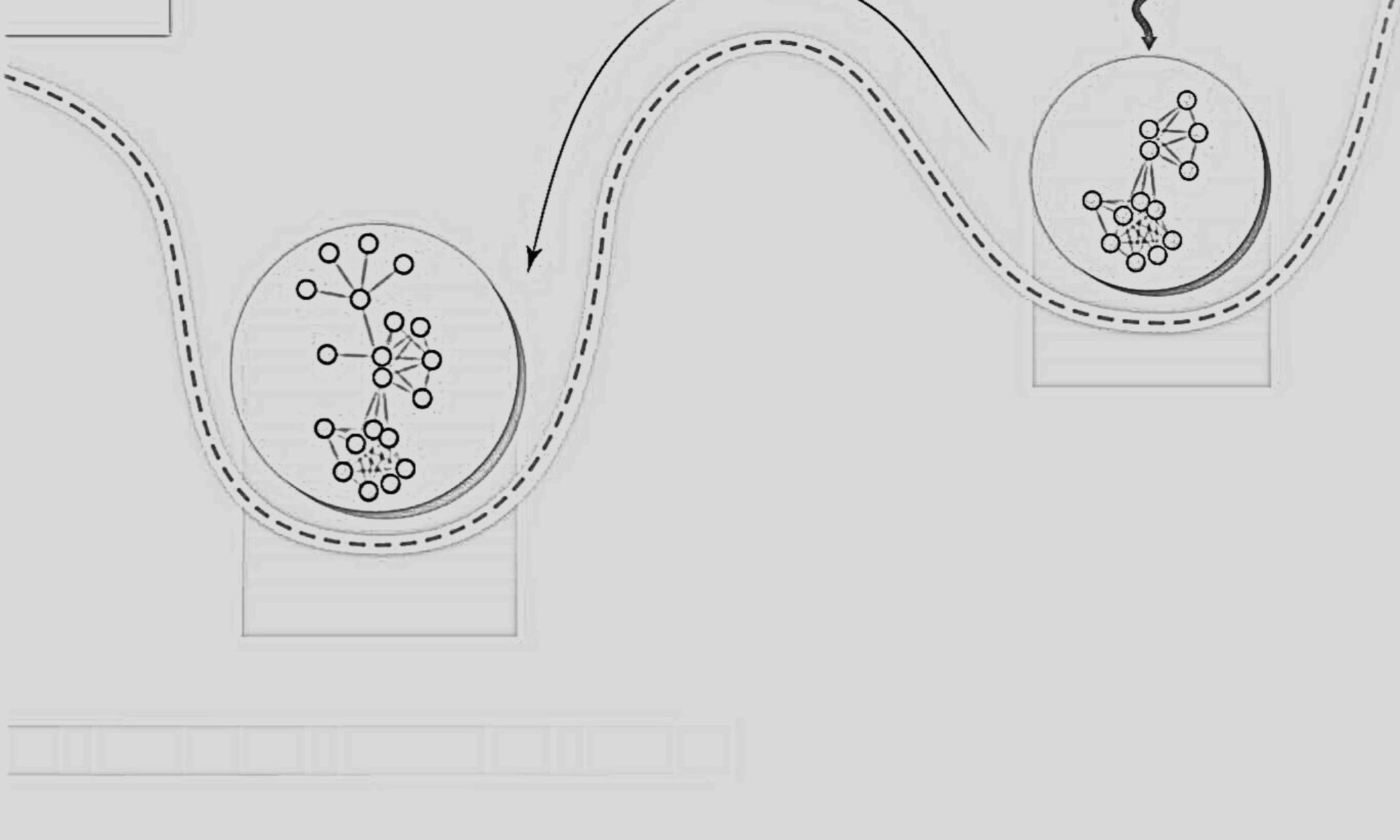A multi-lab collaboration that grew out of the January 2020 Bayesian Workshop finds using the Bayesian approach can yield more realistic biological models and better constrained cellular growth rates.
Reporting by Helen Hill for CBIOMES
The CBIOMES workshop on Bayesian Plankton Modeling [link] organized by Greg Britten (Follows lab) and Paul Mattern (Edwards lab) along with Andrew Irwin (Irwin lab) in early 2020, explored the application of Bayesian methods in physiological, ecological, and biogeochemical modeling of marine phytoplankton. The workshop provided background lectures on Bayesian theory, an introduction to the Stan toolkit for MCMC (Markov chain Monte Carlo) modeling, a forum to develop research projects from within the group, and ultimately led to the formation of a working group (the CBIOMES Bayesian Group) with participants from the Edwards, Armbrust, Bien, and Follows labs.
Inferring the growth and population dynamics of marine microorganisms in their natural habitat is crucial to understanding the flow of carbon in the natural environment but remains a grand challenge due to the invasive nature of current measurement methods. As time-series observations of microorganism size distributions have become more commonplace in aquatic environments, matrix population models (MPMs), which aim to mechanistically describe the change in size distribution over time, have gained in popularity as tools for estimating rates of cell division in these populations.
A new paper from the Bayesian Group: Mattern, Glauninger, Britten, Hyun, Wu, Armbrust, Harchaoui, and Ribalet (2022) – published in Plos. Comp. Bio, in January – builds on this work by leveraging Bayesian statistics to improve accuracy and interpretability of model output and assess the relevance of previously omitted biological processes.
The team evaluated the performance of their models on a dataset of laboratory experiment time-series measurements of the cyanobacterium Prochlorococcus, Earth’s most abundant photosynthetic organism, and demonstrated the inclusion of respiratory and exudative carbon losses to be critical in modeling the population dynamics.
“The rates of cell growth, division, and carbon loss of microbial populations are key parameters for understanding how organisms interact with their environment and how they contribute to the carbon cycle,” says lead author Jann (Paul) Mattern. “However, the invasive nature of current analytical methods has hindered efforts to reliably quantify these parameters.”
“In recent years, size-structured MPMs have gained popularity for estimating division rates of microbial populations by mechanistically describing changes in microbial cell size distributions over time,” Mattern explains. “Motivated by the mechanistic structure of these models, we employ a Bayesian approach to extend size-structured MPMs to capture additional biological processes describing the dynamics of a marine phytoplankton population over the day-night cycle. Such a Bayesian framework is able to take prior scientific knowledge into account and generate biologically interpretable results.”
“It is great to see this work coming to fruition,” said CBIOMES Director Mick Follows. “The collective effort exemplifies the strong, interdisciplinary collaborations that have emerged across the CBIOMES program over the past few years. The paper describes a Bayesian modeling framework to provide more accurate interpretations of physiological characteristics and population growth rates from time-series data on the size distribution of plankton cells. Applied to field observations that resolve the daily cycle of cell size, the method provides accurate mapping of growth rates (an important aspect of organismal fitness) across ocean basins.”
To find out more about this work contact Paul.
Publication
Jann Paul Mattern, Kristof Glauninger, Gregory L. Britten, John R. Casey, Sangwon Hyun, Zhen Wu, E. Virginia Armbrust, Zaid Harchaoui, Francois Ribalet (2022), A Bayesian approach to modeling phytoplankton population dynamics from size distribution time series, PLoS Computational Biology, doi: 10.1371/journal.pcbi.1009733
Related
CBIOMES Bayesian Modeling Working Group (includes links to materials and recordings from the 2020 Bayesian workshop, login required)
“The journey of a Bayesian matrix population model for Prochlorococcus” April 2021 CBIOMES e-meeting Paul Mattern (UCSC) (login required)
Get the PDF [Requires login]


